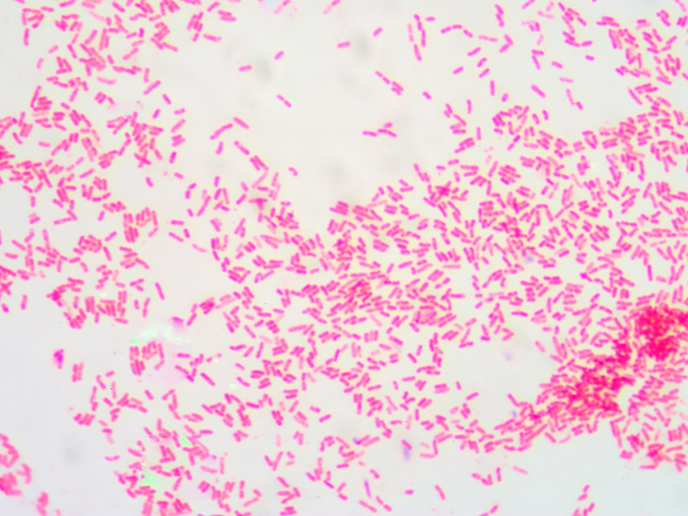Innovative drugs to tackle antimicrobial resistance
Antimicrobial resistance (AMR) has become a global health threat, increasingly impacting the effective prevention and treatment of various infections caused by bacteria, parasites, viruses and fungi. According to a report by the UN ad hoc Interagency Coordination Group on Antimicrobial Resistance, drug-resistant diseases claim 700 000 lives a year globally. That number is expected to rise to 10 million deaths per year by 2050 if no action is taken. A report by the European Antimicrobial Resistance Surveillance Network points to the high levels of AMR “for several bacterial species–antimicrobial group combinations” in Europe. Of particular concern are multidrug-resistant Gram-negative bacteria, which are among the leading causes of serious, debilitating and life-threatening infections. The EU-funded GNA NOW project addresses this issue by developing novel antibiotics to treat Gram-negative infections. The consortium involved in GNA NOW will simultaneously run three programmes “with the goal of bringing one through completion of Phase I studies and one reaching Investigational New Drug (IND) stage and/or up to two programmes reaching clinical development candidate stage, by 2024,” as reported in a news release by project partner Evotec SE. Growing threat In the same news release, Dr Cord Dohrmann, chief scientific officer of Evotec, states: “Bacterial infections are a growing threat around the globe and are driving the need for innovative therapeutics with new mechanisms of action. GNA NOW gives us the opportunity to join forces with leading institutions of both the public and the private sector across Europe to develop new gram-negative antibacterial agents as quickly and as efficiently as possible.” Dr Kristina Orrling, programme manager at project coordinator Lygature, says: “By joining forces we can fend off a grim future where a simple urinary infection can be fatal. Together, we’ll strengthen the antibacterial arsenal.” Gram-negative and Gram-positive bacteria are classified by the colour they turn after a chemical process called the Gram stain test. It was developed in the 1800s by Hans Christian Gram for classifying different types of bacteria using a chemical stain and viewing the results on the bacteria’s protective cell wall through a microscope. Gram-positive bacteria retain a purple-coloured stain, while Gram-negative bacteria appear pinkish or red. Examples of Gram-negative bacteria that have demonstrated drug resistance include Escherichia coli, which causes the majority of urinary tract infections, and Pseudomonas aeruginosa, which could lead to bloodstream infections and pneumonia in hospitalised patients. Launched in July 2019, the 6-year GNA NOW (NOVEL GRAM-NEGATIVE ANTIBIOTIC NOW) project is part of the IMI AMR Accelerator Programme. IMI refers to the Innovative Medicines Initiative, a partnership between the EU and the European pharmaceutical industry. GNA NOW has received funding from the IMI 2 Joint Undertaking. Project partners will focus on different drug candidates with an innovative mode of action where tests will ensure their safety and efficacy. For more information, please see: GNA NOW project



